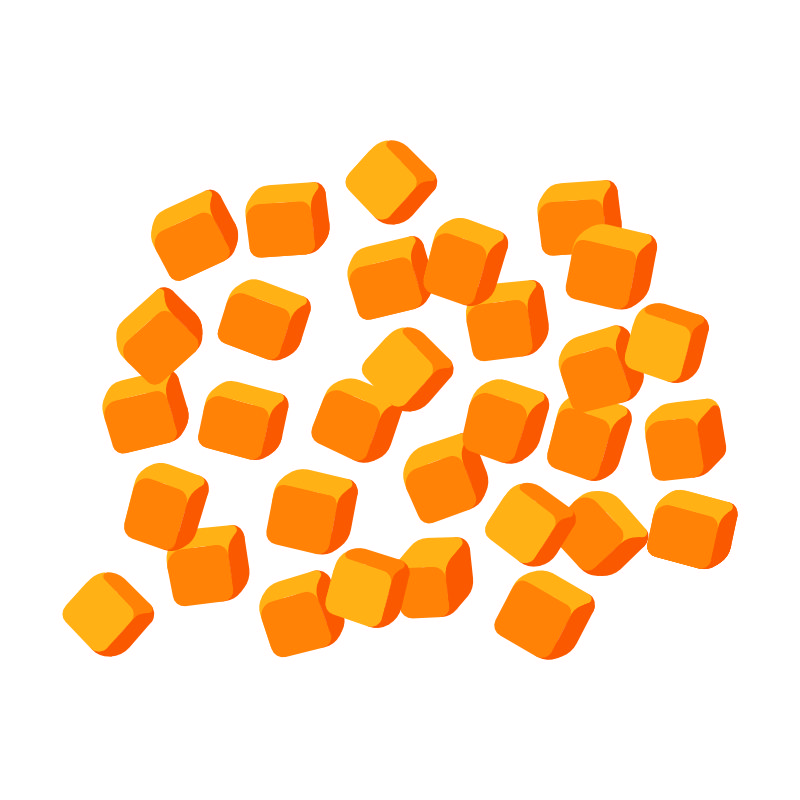The brunoise cut, a cornerstone in the culinary world, is both an art and a science. Known alternatively as the ‘fine dice,’ this technique is revered for its precision and elegance. It transforms ingredients into tiny, uniform cubes, about 1/8 inch (3 mm) on each side, offering not just visual appeal but also consistency in cooking.
Table of Contents
- Alternative Names
- Best Fruits and Vegetables for Brunoise Cut
- How to Cut Brunoise
- Culinary Uses for the Brunoise Cut
- Conclusion
Alternative Names
In various culinary traditions, the brunoise cut may be known by different names, but the technique remains largely the same. It’s often referred to as the ‘fine dice’ in English-speaking countries, emphasizing its small and even size.
Best Fruits and Vegetables for Brunoise Cut
The brunoise cut is best applied to firm vegetables and fruits. Root vegetables like carrots, celery, bell peppers, and onions are classic choices due to their firm texture that holds up well under the knife. Fruits like apples and pears can also be brunoised for use in delicate desserts or garnishes.
How to Cut Brunoise
- Preparation: Start with a clean, stable cutting board and a sharp chef’s knife. Ensure the fruit or vegetable is peeled if necessary and trimmed into a rectangle or square for uniformity.
- Julienne: First, cut the item into thin slices (julienne), approximately 1/8 inch thick.
- Stack and Slice: Stack a few of these julienne slices and then cut them lengthwise again into 1/8 inch strips.
- Dice: Finally, gather the strips and dice them perpendicularly into tiny cubes. This requires a steady hand and concentration to maintain uniformity.
- Consistency: Consistency is key in brunoise. All pieces should be as uniform as possible, not just for presentation but also for even cooking.
Culinary Uses for the Brunoise Cut
The brunoise cut is not just a testament to a chef’s knife skills but also a functional element in cooking. Its applications include:
- Garnishes: Due to their petite and neat appearance, brunoised items are perfect as garnishes, adding a pop of color and texture to dishes.
- Sauces and Soups: In sauces and soups, a brunoise allows for a subtle infusion of flavor without the chunks being overpowering or too noticeable.
- Stuffings and Fillings: For delicate stuffings and fillings, like in ravioli or dumplings, a brunoise ensures even distribution of flavors and textures.
- Salsas and Relishes: The size is ideal for salsas and relishes, where each cube can absorb and contribute to the overall flavor profile.
Conclusion
The brunoise cut, while requiring patience and practice, is a skill worth mastering for any culinary enthusiast. It not only enhances the presentation of a dish but also contributes significantly to its texture and flavor profile. Whether you’re a professional chef or a home cook, mastering the brunoise cut is a step towards culinary excellence.
